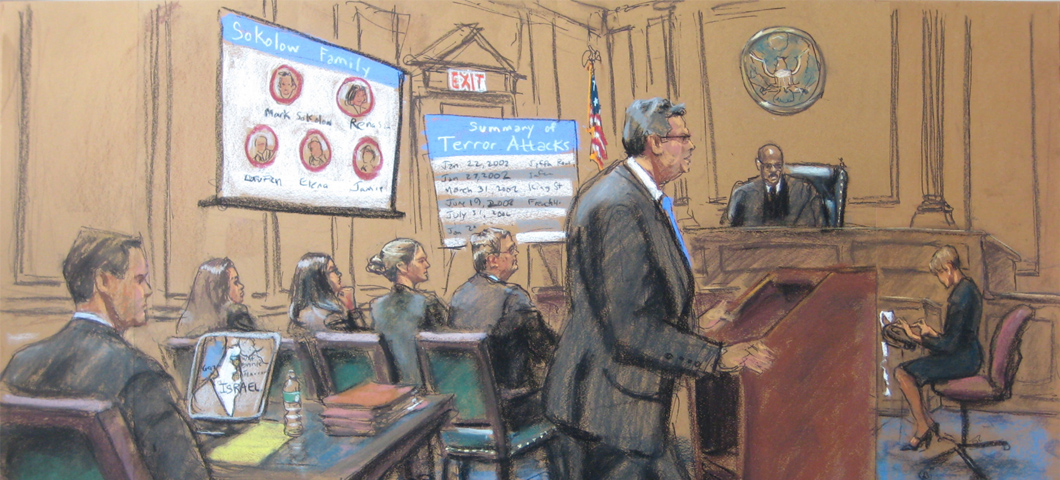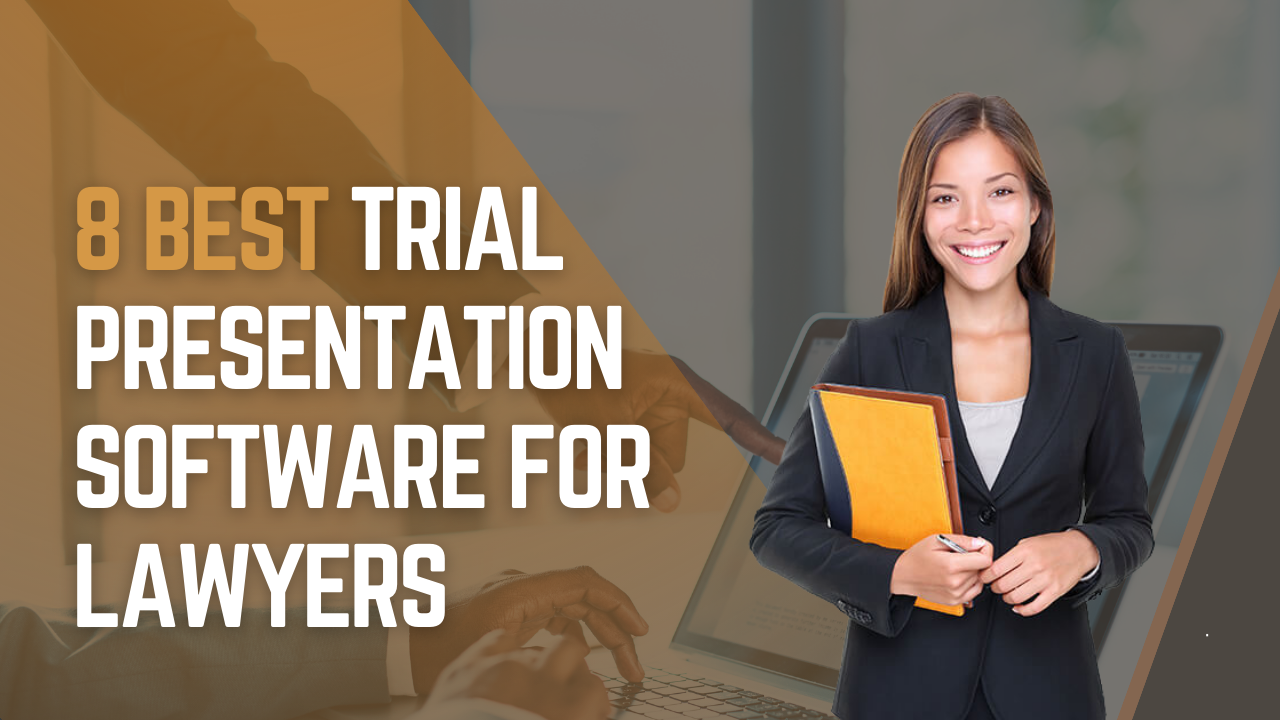Browsing the Complexities of Test Presentations: Tips for Seamless Distribution and Engaging Disagreements
In the world of legal process, the art of trial discussion stands as an essential factor of success. As lawyers navigate the detailed web of court room dynamics, the capability to seamlessly provide arguments and evidence while astounding the jury's interest becomes vital. The intricacies integral in trial discussions require a delicate equilibrium of skill, approach, and skill. By developing strategies that ensure a polished shipment and crafting engaging debates that resonate with the audience, attorneys can significantly improve their advocacy. In a globe where persuasion rules supreme, understanding the intricacies of trial presentations is not simply a choice yet a need for those looking for to prevail in the courtroom.

Recognizing Test Objectives
To efficiently navigate a test, it is critical to have a clear understanding of the purposes that need to be achieved. Before entering the court, legal teams need to specify their objectives and wanted end results. These purposes act as guiding principles throughout the trial, shaping strategies and influencing decision-making processes.
Understanding trial objectives involves a comprehensive analysis of the case, lawful criteria, and the customer's ideal passions. Trial Presentations. It calls for a careful exam of the realities, recognizing crucial concerns, and expecting prospective difficulties. By setting quantifiable and details objectives, attorneys can tailor their discussions and disagreements to align with the desired outcomes
In addition, a clear understanding of trial objectives makes it possible for lawful teams to focus on proof, witnesses, and legal arguments properly. It enables for the advancement of a coherent story that resonates with the judge and court, enhancing the overall instance discussion.

Organizing Evidence Effectively
Having a clear understanding of test purposes lays the structure for arranging evidence effectively in lawful procedures - Trial Presentations. By lining up the presentation of proof with the preferred outcomes of the test, legal teams can reinforce their disagreements and enhance their persuasiveness. One critical element of organizing proof is categorization. Grouping proof based on motifs or significance to specific legal elements can assist simplify the presentation and make complicated information more absorbable for the judge or court.
Another secret element in organizing proof efficiently is developing a logical flow. Offering evidence in a meaningful and sequential manner can assist construct a compelling narrative that sustains the legal disagreements being made. In addition, using visual help such as charts, charts, or timelines can better enhance the organization of resource proof and aid in clarifying complicated partnerships or series of events.
Additionally, making sure that all proof presented is pertinent and permissible to the case is vital. Inadmissible or unnecessary proof can interfere with the official site strength of the disagreement and potentially hurt the reputation of today party. A precise evaluation and selection process should be undertaken to include just the most impactful and legitimately audio evidence in the trial presentation.
Crafting Persuasive Stories
Crafting compelling stories plays a critical duty in providing persuasive disagreements during lawful procedures. When creating a narrative for a test presentation, it is crucial to establish a clear story that highlights essential factors and connects them in a systematic manner. By weaving with each other evidence, statement, and legal arguments into a influential and cohesive narrative, lawful professionals can successfully advocate for their clients and raise the likelihood of a positive end result in the court room.
Understanding Visual Help
Effective use aesthetic help is key to improving the influence and quality of trial presentations. Aesthetic help, when utilized strategically, have the power to simplify intricate details, reinforce essential factors, and leave a long-term impression on the judge and jury. To grasp aesthetic help in test discussions, it is essential to make sure that they are clear, succinct, and pertinent to the debates being made.
When incorporating visual aids, such as charts, graphs, timelines, or photos, right into a test discussion, it is vital to maintain them aesthetically appealing yet expert. The visuals must enhance the spoken disagreements, supplying an aesthetic depiction of the info being gone over without overwhelming the audience with unnecessary details.
Moreover, practicing with the visual help ahead of time is essential to ensure a smooth distribution throughout the trial. Familiarizing oneself with the content, changes, and timings of each aesthetic aid can help maintain the circulation of the discussion and avoid technical problems that might emerge.
Providing Impactful Closing Disagreements
An engaging closing disagreement offers as the conclusion of a test presentation, enveloping the core story and convincing the court and jury in the direction of a favorable decision. Begin by laying out the main disagreements that support your client's placement, emphasizing why the evidence offered throughout the trial supports your story.
Moreover, incorporating emotional appeal can even more enhance your closing disagreement. Eventually, a well-crafted closing debate need to leave a long-term impact, engaging the court and court to rule in your customer's support.
Final Thought
To conclude, understanding test discussions includes comprehending goals, organizing evidence, crafting narratives, utilizing aesthetic help, and supplying impactful closing disagreements. By carrying out these methods efficiently, legal representatives can present their case seamlessly and make engaging debates in the court. It is important to navigate the intricacies of test presentations with precision and ability to accomplish success in legal proceedings.
By straightening the discussion of evidence with the desired end results of the test, legal teams can official website reinforce their disagreements and enhance their persuasiveness (Trial Presentations). To understand aesthetic aids in test discussions, it is important to ensure that they are clear, succinct, and appropriate to the arguments being made
An engaging closing argument serves as the end result of a test discussion, encapsulating the core narrative and encouraging the judge and jury in the direction of a beneficial decision. Begin by laying out the primary arguments that sustain your client's placement, emphasizing why the proof provided throughout the test supports your story.In final thought, understanding trial discussions includes recognizing goals, arranging evidence, crafting stories, utilizing aesthetic aids, and providing impactful closing arguments.
Comments on “From Principle to Court: Actions to Produce Effective and Convincing Trial Presentations”